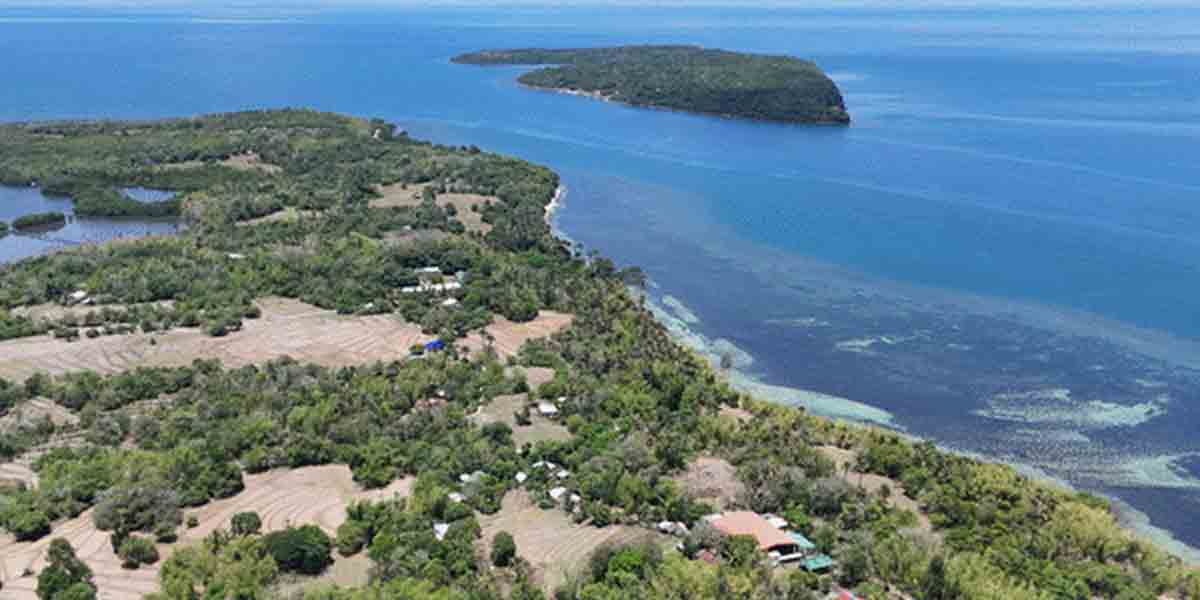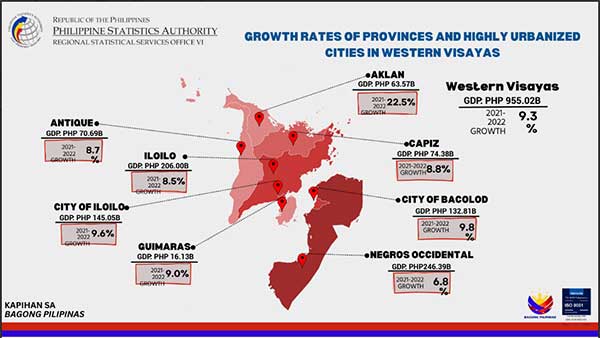
By Rjay Zuriaga Castor
Western Visayas is projected to lose P380 billion in Gross Domestic Product (GDP) due to the separation of Negros Occidental and Bacolod City, according to the Philippine Statistics Authority (PSA).
“Negros Occidental and Bacolod City comprise about 40 percent of our economy,” Marlene Y. Alviar, Chief Statistical Specialist of PSA-6, said in a press conference on Tuesday, July 23.
This projection is based on the 2022 GDP share of provinces and highly urbanized cities in the region.
PSA-6 data showed that the contribution of Negros Occidental to the region’s GDP is at 25.8 percent, while Bacolod City has a share of 13.9 percent.
The total GDP of the region in 2022 was valued at P955.02 billion, with Negros Occidental contributing P246.39 billion and Bacolod City contributing P132.81 billion.
In 2023, the economy of Western Visayas had a total value of P1.024 trillion, making it the fifth-largest economy among the 17 regions in the country.
Alviar explained that PSA-6 is still assessing the percentage share of the provinces in the region’s economy for 2023.
She noted that a trillion-peso economy in 2024 may not be feasible, considering the significant contributions of Negros Occidental and Bacolod City to the region’s economy in previous years.
“In 2023, we are still compiling it, so we expect that out of that one trillion GDP of Western Visayas, in which 40 percent is from Negros Occidental, there will definitely be a reduction in Panay Island in terms of monetary value,” she said.
“We may revert to a billion-peso economy in 2024 if the Negros Island Region is fully established, as we have lost a major contributing province,” she added.
Alviar clarified that the reduction is in terms of the value of goods and services produced, and economic growth will depend on the performance of the remaining provinces.
The PSA-6 also noted that Negros Occidental, an agricultural province, contributed a large share to the region’s palay, corn, and sugarcane production.
While specific data per province is not provided, Western Visayas ranks third in palay production, first in sugarcane production, and sixth in corn production among regions in the country.




















